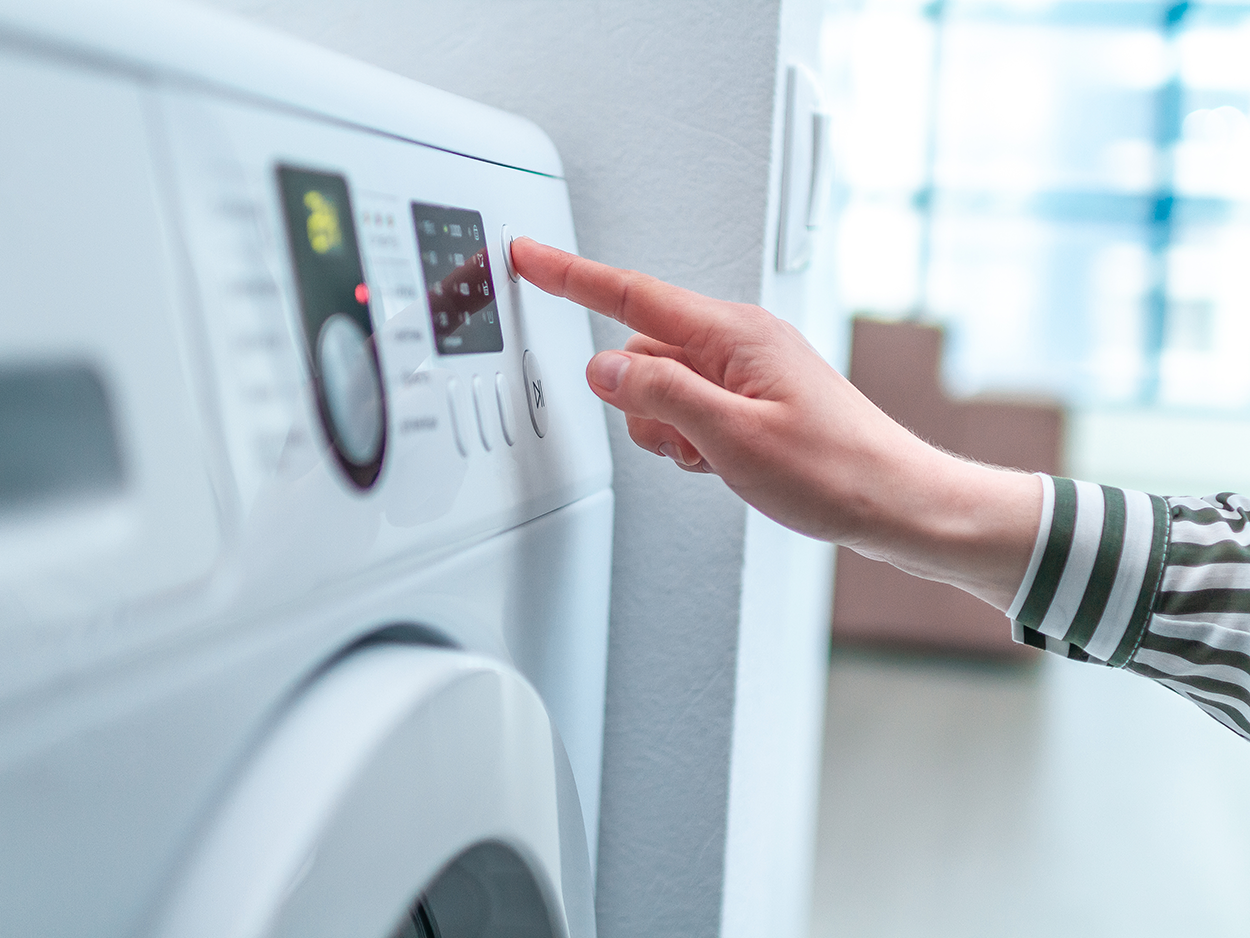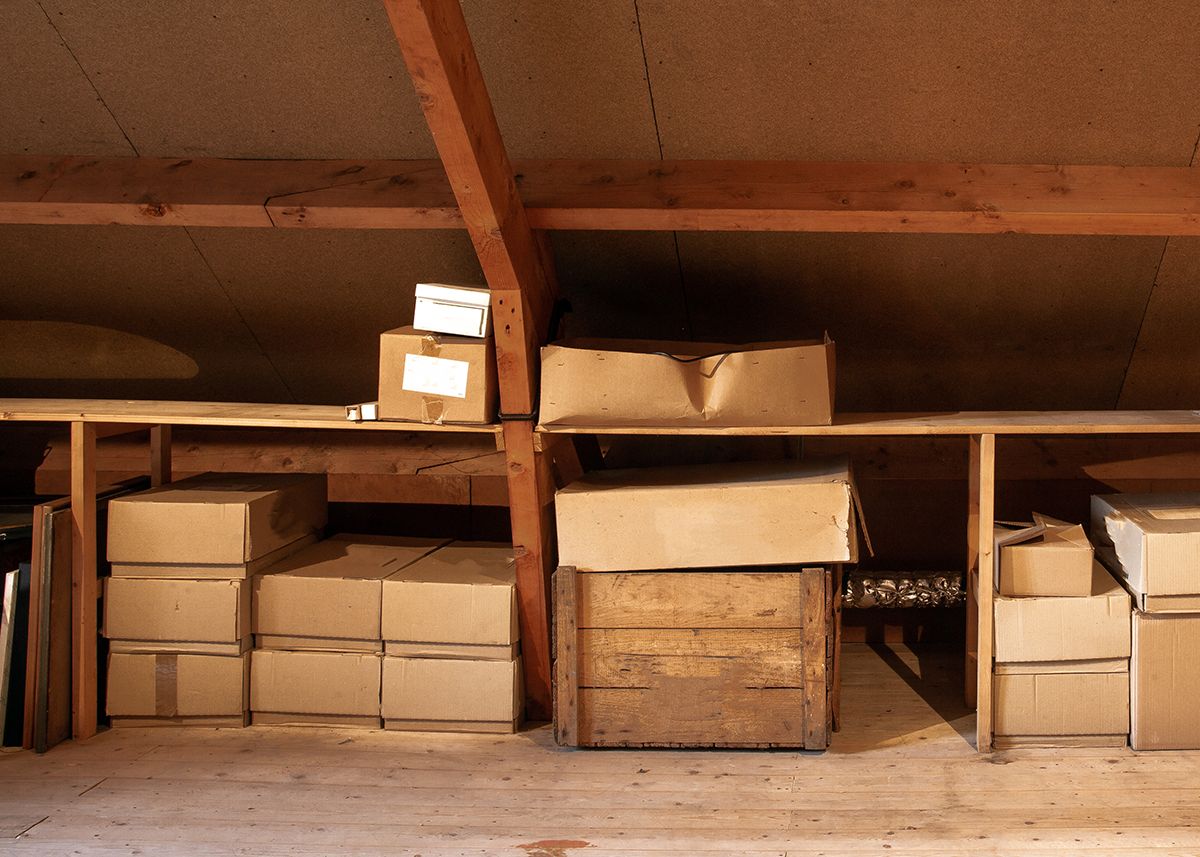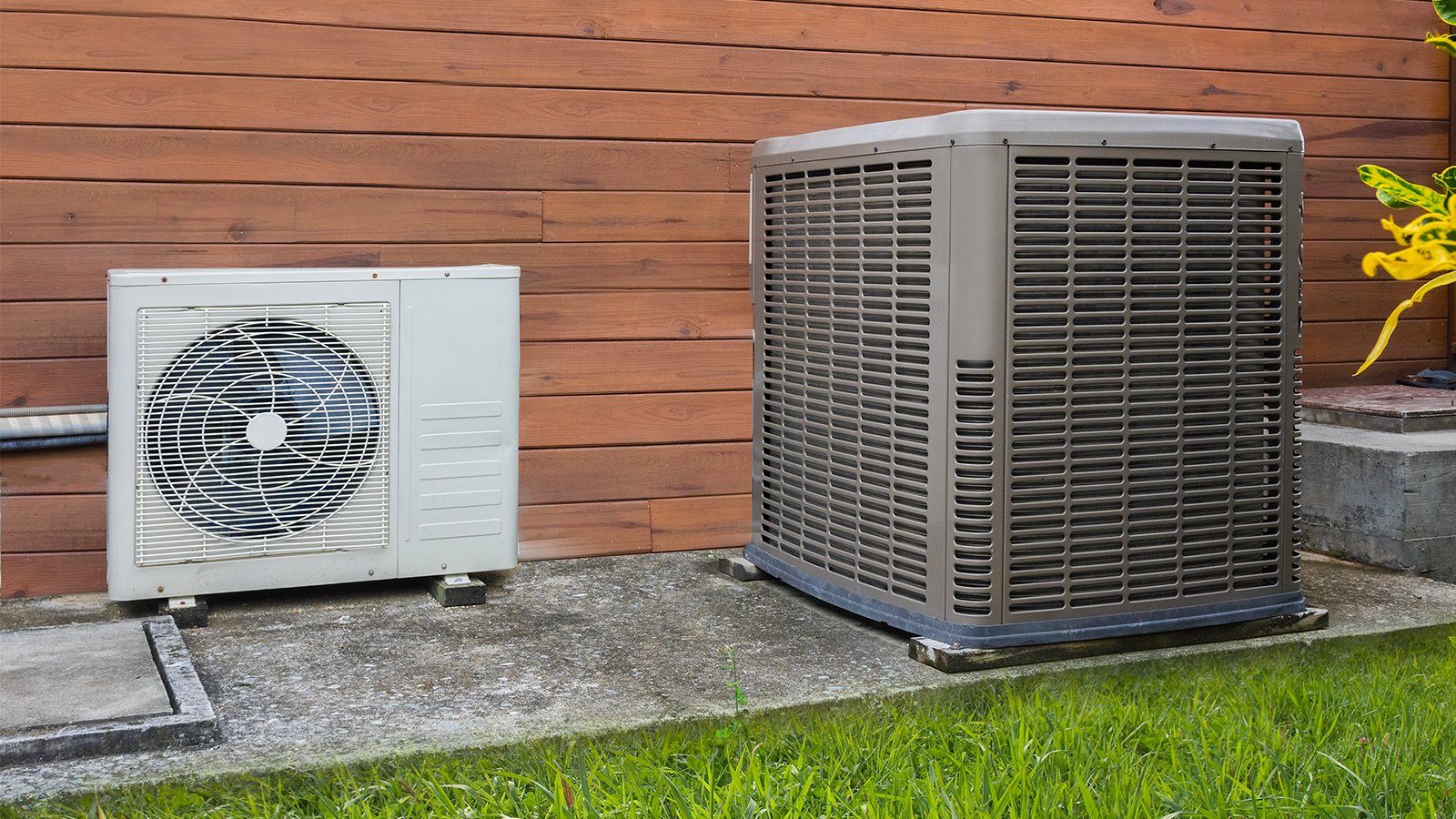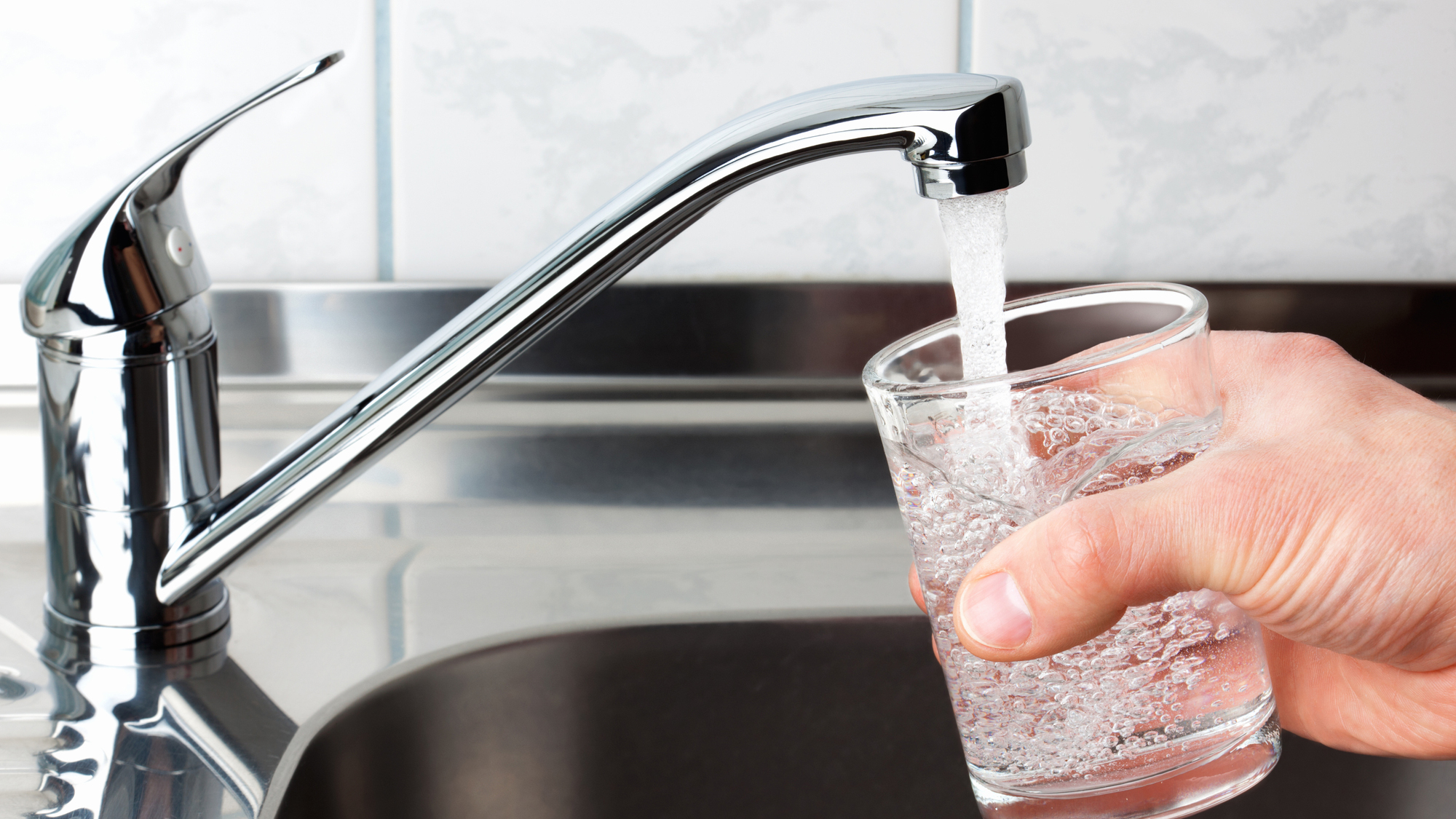
Mold in the bathroom is a common issue that can not only be unsightly but also potentially harmful to health. From that musty smell to unsightly black spots on the walls, dealing with bathroom mold is nobody's idea of fun. However, with a proactive approach and a bit of regular maintenance, you can keep your bathroom mold-free and fresh-smelling. In this guide, we'll explore effective strategies to prevent bathroom mold from taking hold in the first place.
Understanding the Causes:
Before we delve into prevention strategies, it's essential to understand what causes mold growth in the bathroom. Mold thrives in damp, humid environments, making the bathroom an ideal breeding ground. Factors such as poor ventilation, water leaks, and organic matter like soap scum provide the perfect conditions for mold spores to flourish.
Preventive Measures:
Ventilation is Key: Adequate ventilation is crucial for preventing bathroom mold. Install and use exhaust fans to remove excess moisture from the air, especially during and after showers. If your bathroom lacks a ventilation fan, consider installing one to improve air circulation. Additionally, leaving windows open during and after showering can help facilitate airflow and reduce humidity levels.
Keep Surfaces Dry: Moisture is mold's best friend, so it's essential to keep bathroom surfaces dry. After showering or bathing, wipe down wet surfaces such as shower walls, tubs, and countertops with a squeegee or towel to remove excess moisture. Pay particular attention to grout lines and caulk, as these areas are prone to mold growth.
Fix Leaks Promptly: Even minor leaks in plumbing fixtures or pipes can create a conducive environment for mold growth. Inspect your bathroom regularly for any signs of leaks, such as dripping faucets or water stains. If you detect a leak, address it promptly to prevent further moisture buildup and potential mold growth. Replace damaged or deteriorating caulking and grout to prevent water seepage.
Use Mold-Resistant Materials: When renovating or upgrading your bathroom, opt for mold-resistant materials whenever possible. Choose moisture-resistant drywall, paint, and flooring materials designed to withstand high humidity levels. Consider using mold-resistant caulking and grout in areas prone to moisture, such as around showers and tubs.
Clean Regularly: Regular cleaning is essential for keeping bathroom mold at bay. Use a mildew-resistant cleaner or a mixture of vinegar and water to clean bathroom surfaces regularly. Pay attention to areas where mold is likely to thrive, such as shower curtains, grout lines, and the underside of sink cabinets. Replace shower curtains and liners if they show signs of mold or mildew buildup.
Control Humidity Levels: Monitoring and controlling humidity levels in your bathroom can help prevent mold growth. Consider using a hygrometer to measure humidity levels and aim to keep them below 50%. If humidity levels are consistently high, consider using a dehumidifier to remove excess moisture from the air.









